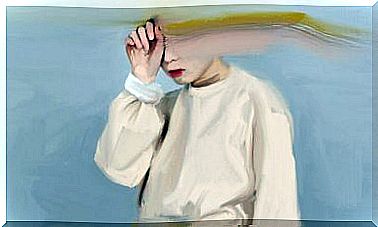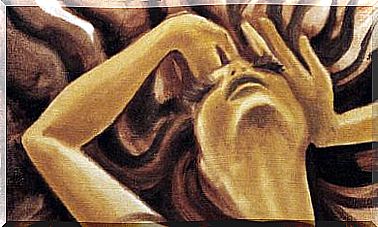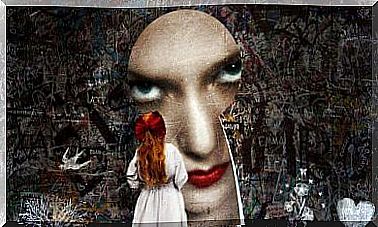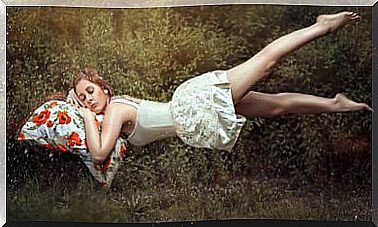Covert Conditioning, When You Are Modeled In A Subtle Way

Covert conditioning is a theoretical model developed by Joseph Cautela. This model focuses on the possibility of shaping the behavior of others through the use of imagination. In this approach, reinforcing or positive images and aversive or negative images are used in order to increase or decrease a certain behavior.
In covert conditioning, a series of therapeutic procedures are used to shape behavior. That is, to ensure that this behavior is reinforced, reduced or eliminated. All techniques use the imagination as the medium that makes conditioning possible.
The covert conditioning model is used primarily in clinical therapy. It is evident that its principles have been taken up and assimilated by self-help approaches. It has also received criticism, since the approaches are also applicable to work and politics, with consequences that are not very clear in relation to autonomy.
The Phases and Patterns of Covert Conditioning
The covert conditioning model is applied in successive phases. Each of them is intended to delve deeper into how behavior is modeled. No matter which technique is used, the same succession of stages is always respected.
The phases of covert conditioning are :
- Educational phase. In psychotherapy, the patient is explained what the covert conditioning procedures consist of and why it is necessary to perform them.
- Imagination evaluation and training. The degree of the patient’s ability to imagine is assessed. If required, he is trained to increase such capacity.
- Application of covert conditioning. The patient is trained to associate mental images with certain behaviors and their consequences. The idea is that each time you can do it more easily, without the help of the therapist.
- Consolidation and generalization. In this phase, the patient is able to apply the technique alone, without professional support.
In turn, this entire process is carried out by applying a set of techniques. These are very similar to those used in open conditioning. The difference is that they mainly use the imagination.
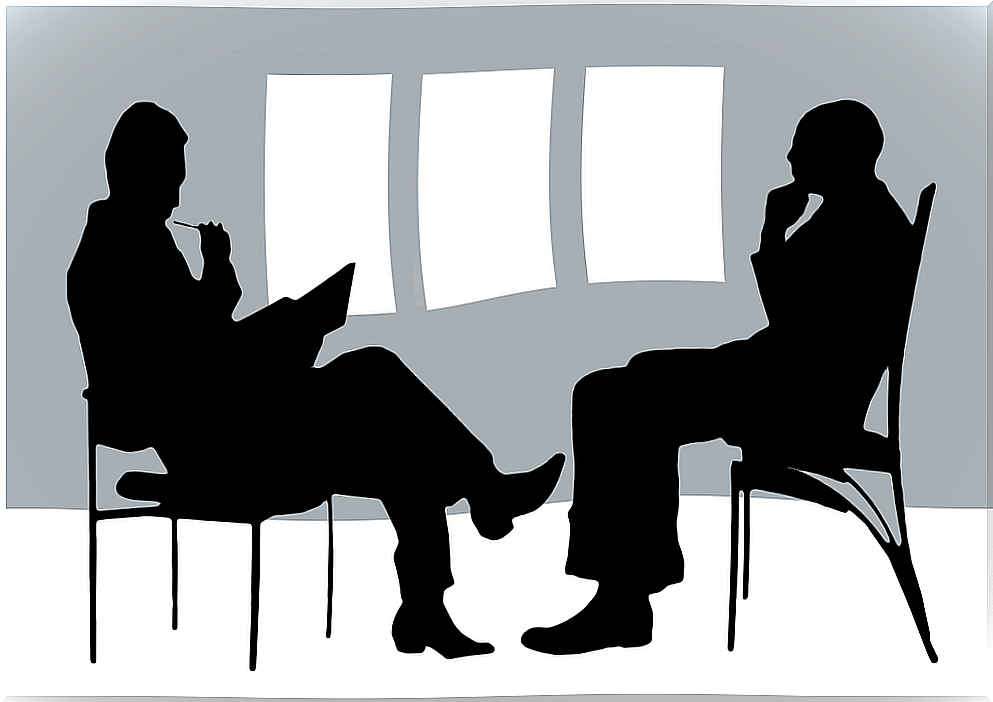
Covert conditioning techniques
The main techniques of covert conditioning are: covert awareness, positive and negative reinforcement, covert response cost, covert modeling, covert assertion, and self-control triad.
Let’s see, briefly, each of them :
- Covert awareness. It is used to decrease the frequency of a behavior. It basically consists of imagining yourself developing such behavior and abruptly introducing an unpleasant or negative event.
- Positive and negative reinforcement. It is used to increase or decrease the frequency of a behavior. It consists of imagining a positive or negative consequence of a behavior, which is fixed in a mental image.
- Covert response cost. It is used to decrease the frequency of a behavior. Appeal to indirect punishment to achieve this goal. It consists of getting the patient to associate this behavior with the withdrawal or loss of a positive stimulus.
- Covert modeling. It aims to increase the frequency of a behavior. It consists of imagining another person, who is an ideal model, performing that behavior that you want to reinforce.
- Covert assertion. Seeks to reduce negative thoughts and feelings towards oneself. It consists of creating positive affirmations about yourself and verbalizing them.
- Triad of self-control. It serves to reduce unwanted behavior. It is composed of: 1) stopping of unexpressed thought; 2) relaxing and deep breathing; and 3) imagination of a pleasant scene.
Successes and difficulties
On a therapeutic level, the covert conditioning model has proven to be very effective, mainly in reinforcing and fixing positive behaviors. However, it does not appear to contribute significantly to the abandonment of deeply ingrained habits, as occurs in addictions or similar behaviors.
Likewise, its application in cases related to obsessive disorders has been found to be counterproductive. In fact, in many patients it increases symptoms. However, these techniques seem to produce very good results in treating depression and melancholy.

Criticisms of this model do not refer so much to its therapeutic use, but to the handling of its postulates in other areas, such as propaganda or ideological manipulation. Joseph Cautela himself went so far as to say that rewards and aversive stimuli, even if they only existed in the imagination, came to be perceived as real.
It is clear that modern advertising, both commercial, political and economic, makes use of covert conditioning to eliminate some ideas and reinforce others. This should be a wake-up call about the messages we receive and that lead us to love or hate certain ideas or characters without being very clear about why.

